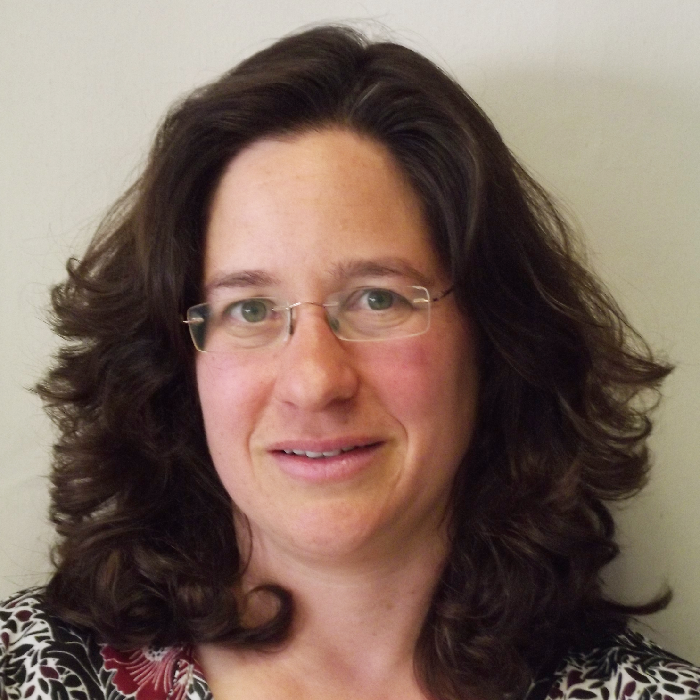
Tamar Berman – Ministry of Health, Israel
UV filter data from Europe – results and policy implications – 28 April – 10:50 am CEST
Benzophenone is a group of chemicals that block out harmful UV rays and have a range of applications in cosmetics, personal care products and consumer products. At the outset of HBM4EU, HBM data on exposure of Europeans to this group of chemicals was limited. Five years later, aligned study data collected in HBM4EU provide a more robust and recent picture of exposure to these chemicals in 8 EU countries, and provide data on additional chemicals in this group.
One of the major outputs of HBM4EU has been risk assessments based on HBM data. Since the EU Scientific Committee for Consumer Safety recently evaluated risk associated with cosmetic use of BP-3, researchers compared internal and external risk assessments and results of these approaches. Data from the aligned studies also allowed an evaluation of time trends in exposure to BP-3, following the EU restriction on BP-3 concentrations in sunscreen products. Finally, as risk communication for this type of chemicals is complex in light of public health benefits of use of UV filters in sunscreens, HBM4EU provided communications materials for concerned citizens.
Dr. Tamar Berman is the Chief Toxicologist for Environmental Health at the Ministry of Health in Israel. She is involved in chemicals managements in Israel with emphasis on biocides, pesticides and PFAS chemicals. Dr. Berman co – manages the National Biomonitoring Program, a program focused on assessing environmental exposures and nutritional biomarkers in children and adults. As both HBM researcher and regulator, she is interested in use of HBM for environmental health policy. In the framework of HBM4EU Dr. Berman was National Hub Contact Point for Israel and Chemical Group Leader for UV filters (benzophenones).
Disclaimer
The HBM4EU project was launched in 2016 with the aim of improving the collective understanding of human exposure to hazardous chemicals and developing HBM as an exposure assessment method. The project had €74m in funding and jointly implemented by 120 partners from 28 participating countries – 24 EU member states plus Norway, Switzerland, Iceland and Israel and the European Environment Agency. One of its aims was to ensure the sustainability of HBM in the EU beyond 2021. The project ended in June 2022. The website will not be updated any longer, except the page on peer reviewed publications, but will be online until 2032.


